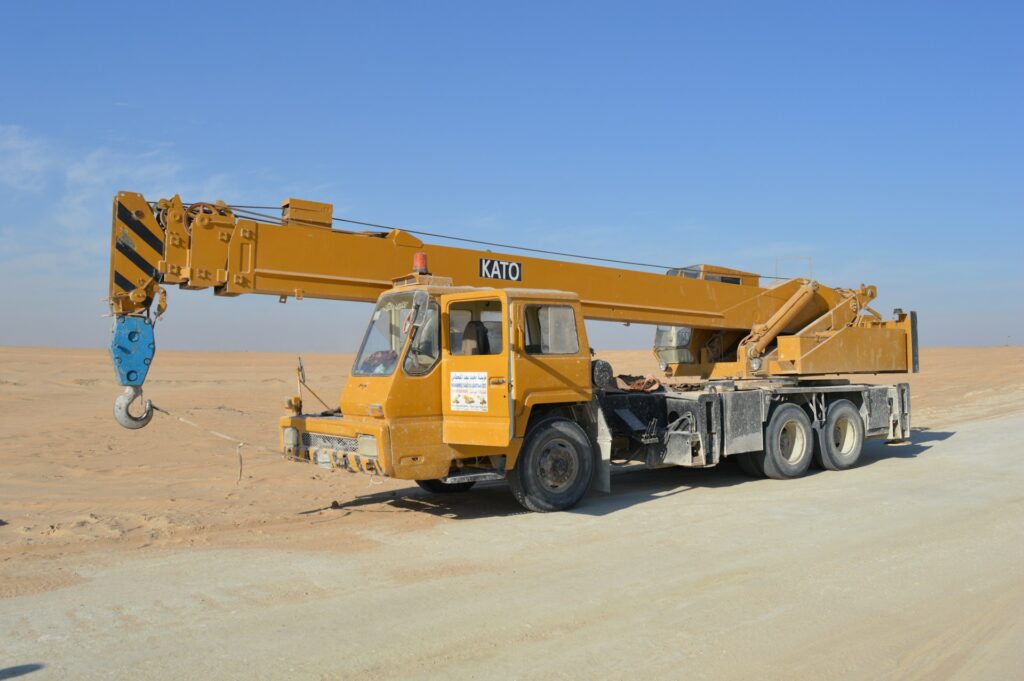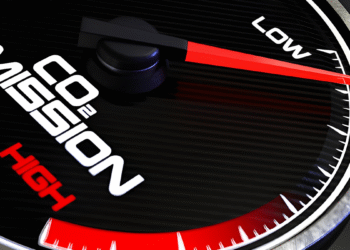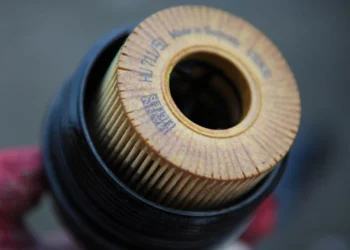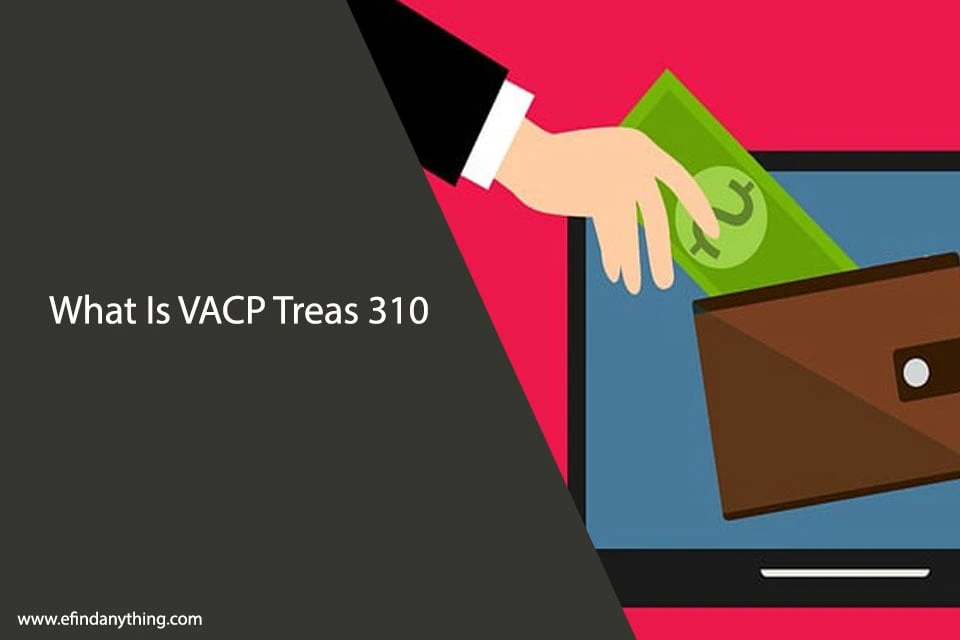
Cranes are essential in construction and industry, but their parts wear out over time. Delaying replacements can lead to safety risks, costly downtime, or equipment failure. Regular inspections and timely part replacements are crucial for safe, efficient operations. Evaluate your equipment regularly and partner with reliable suppliers for crane parts. Here are the key signs it’s time to replace major components.
Unusual Noises or Vibrations
Unusual sounds like grinding, squealing, or rattling from your crane signal potential issues, such as worn bearings, damaged gears, or misaligned parts. Vibrations can also indicate problems. Ignoring these signs can cause further damage and reduce efficiency. If strange noises continue, inspect your crane and replace faulty components to avoid bigger problems later.
Slower or Hesitant Performance
A well-maintained crane should run smoothly, with steady lifts and responsive controls. Sluggish performance, jerky movements, or delayed responses could mean hydraulic issues, electrical problems, or worn parts. These often result from aging components. To avoid downtime and delays, consider sourcing crane parts for sale in Utah in advance.
Visible Wear and Corrosion
Regular visual inspections are key to catching early signs of wear and tear. Watch for cracked welds, frayed cables, rusted bolts, or damaged hoses—issues that can quickly become safety hazards if ignored. Dust, temperature changes, and chemical exposure can speed up wear and corrosion. Replacing damaged parts promptly not only extends your crane’s lifespan but also keeps your crew safe.
Increased Maintenance and Repairs
If your crane spends more time in maintenance than on the job, it’s likely time to replace key components. Recurring repairs often signal deeper issues. Instead of constant fixes, consider investing in high-quality replacement parts from trusted suppliers. This can reduce maintenance costs and extend your crane’s lifespan, keeping it running efficiently for years.
Irregular Load Handling
Irregular load handling is a key sign of crane component failure. Excessive swaying, uneven load drops, or balance issues often indicate problems with hoists, gearboxes, or brakes. These issues compromise load stability, risk site safety, and can cause costly damage. If you notice these signs, act quickly. Replacing faulty components protects your team and ensures compliance with safety regulations.
Electrical System Issues
Modern cranes depend heavily on sophisticated electronic systems for control and monitoring. Issues like error codes, unresponsive controls, or electrical shorts are often linked to faults in sensors, wiring, or the control panel. Identifying and replacing these components at the first signs of malfunction is crucial. Delaying repairs can escalate the problem, leading to more extensive damage and prolonged downtime.
Manufacturer’s Lifespan Guidelines
Every crane part has a recommended lifespan based on usage and working conditions. Following the manufacturer’s maintenance schedule helps identify issues early. Replacing parts nearing the end of their lifespan, even if they appear fine, can prevent costly emergency repairs. Professionals stay prepared by keeping essential crane parts in stock for timely replacements.
The Importance of Using Quality Replacement Parts
Not all parts are created equal. Cheap or incompatible components may save money upfront but can lead to expensive problems later. Invest in reliable, durable parts to keep your crane running smoothly. Choose suppliers who understand your equipment and provide parts that fit perfectly.
Conclusion
Cranes are essential to construction and industrial operations, where downtime can quickly become costly. Proactively identifying when parts need replacement—and taking action—helps ensure safety, maximize efficiency, and prevent unexpected disruptions. If you observe any of the warning signs mentioned, don’t wait for a major failure. Explore reliable crane parts suppliers to keep your equipment running smoothly and your operations at peak performance.











